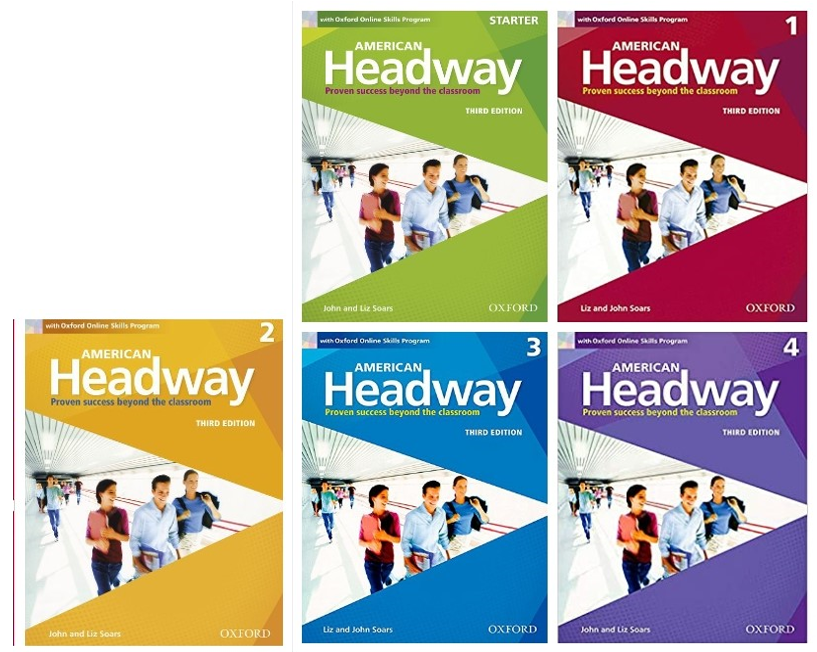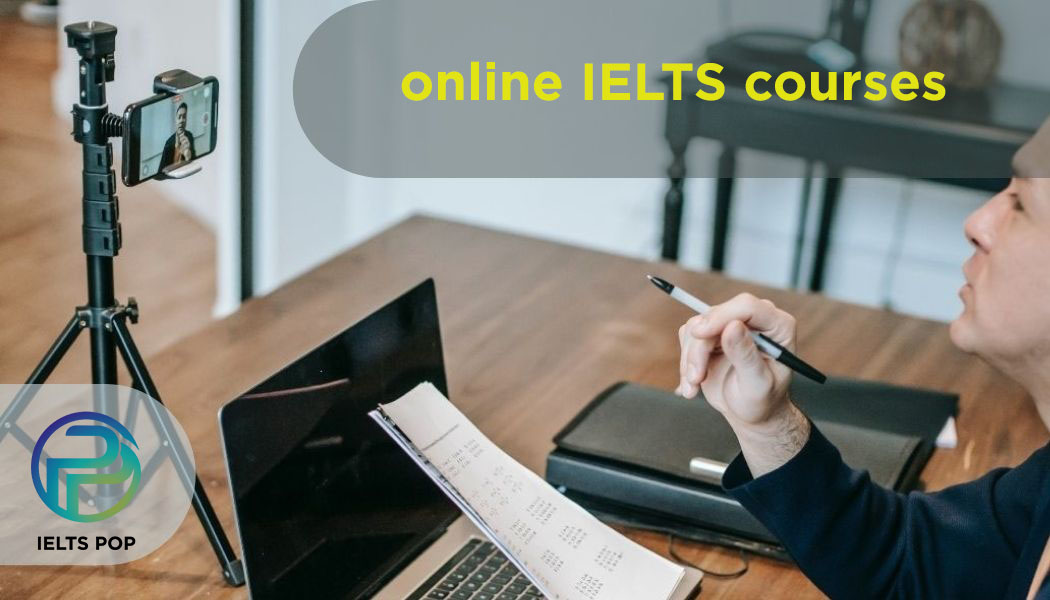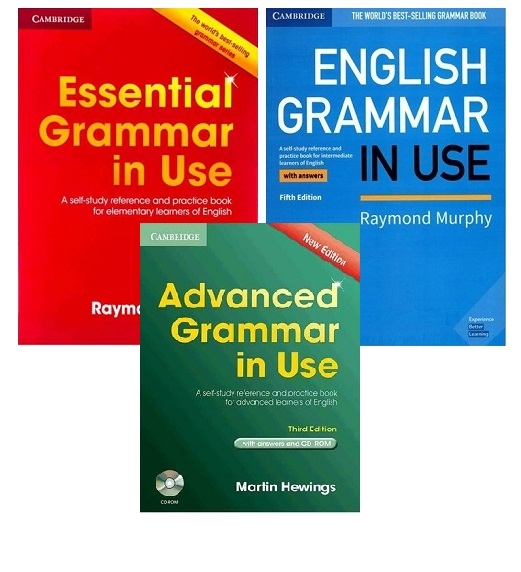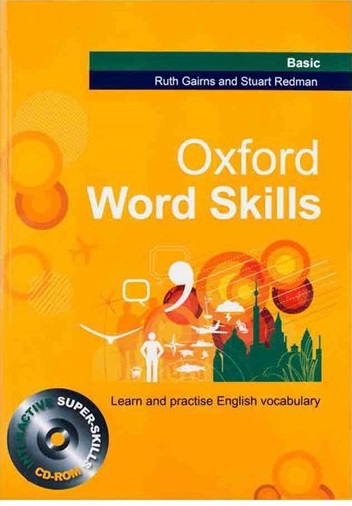Lesson 3
Present Continuous
The present continuous is sometimes called the present progressive; however, as most textbooks refer to it as the continuous, I will use that term here. It is formed by using “to be” and then verb +ing:
| Positive | Negative | Question |
| I am singing. | I am not singing. | Am I singing? |
| You are singing. | You are not singing. | Are you singing? |
| We are singing. | We are not singing. | Are we singing? |
| They are singing. | They are not singing. | Are they singing? |
| He is singing. | He is not singing. | Is he singing? |
| She is singing. | She is not singing. | Is she singing? |
| It is singing. | It is not singing. | Is it singing? |
Again, be careful of contractions. In writing, we would say “are not” but in spoken English, it is more common to use “aren’t.”
When to Use Present Continuous
There are many times when we could use the present continuous. Here are some of the common instances:
- For an action that is happening as we speak
- I’m doing some
- She’s talking with that
- For something that is ongoing but not necessarily happening right now
- I’m reading a book called On the
- They’re studying to be
- To describe a developing situation
- It’s getting dark
- The weather is turning
- Referring to a regular action
- He’s usually working at this
- We’re normally on our way home by
Numbers 1 and 2 from the list above often confuse students. The first one is straightforward. “I’m reading a book,” could mean that I’m holding a book and actively reading it at the moment of speaking. However, if I read a book every night before bed, I may also say, “I’m reading a book.”
Think of it this way: Imagine you’re sitting at dinner with a friend and talking about your life. You haven’t seen each other in a while, so you want to catch up with some general information about your lives. You tell her some things about yourself:
- I’m not studying to be a vet
- I changed my major and now I’m studying to be a dentist!
- My brother is going to night school to train for a new position at his
- I’m reading a really wonderful self-help
All of these are true and all of them use the present continuous, and yet none of the activities described are happening right this now.
It may sound like you can describe any action with the present continuous, but this isn’t true. There are actually many non-continuous verbs. These are generally verbs that describe states or feelings – the sort of things you can’t really see someone do. They include:
- prefer, hate wish, love, remember, believe, imagine, know
For example, a person might say:
- I believe in
However, they can’t say:
- I’m believing in






